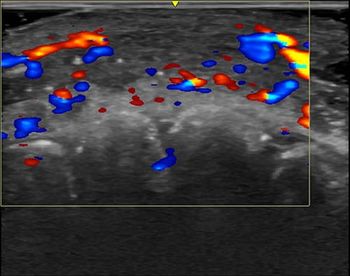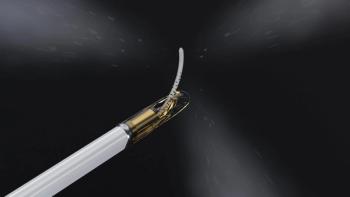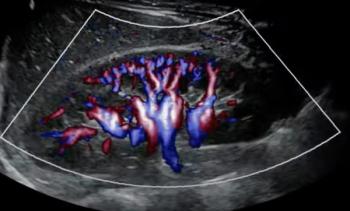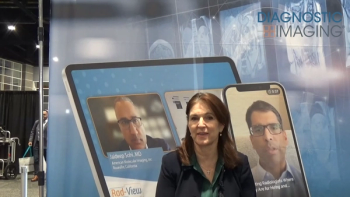
First-half results don’t impress Siemens
German technology conglomerate Siemens AG enjoyed healthy revenue growth of 15% for the financial period from October 1997 to June 1998, but the Munich company said it was unhappy with its 5% increase in earnings for the period. Siemens plans to
German technology conglomerate Siemens AG enjoyed healthy revenue growth of 15% for the financial period from October 1997 to June 1998, but the Munich company said it was unhappy with its 5% increase in earnings for the period. Siemens plans to accelerate its restructuring program to bring profit growth to acceptable levels.
Siemens implemented a restructuring last year to improve the companys profit outlook, divesting noncore businesses and cutting costs in several divisions (SCAN 9/17/98). Earnings growth since then has not met the companys expectations, however, according to Siemens AG president and CEO Heinrich von Pierer. Siemens will pursue additional moves, such as divestitures and reorganizations, he said.
The companys Medical Engineering Group was cited as an example of a successful turnaround effort. The division was one of the groups reorganized last year, and costs associated with the effort contributed to a major loss for the unit in 1997. With the restructuring behind it, Medical Engineering turned in double-digit growth and should achieve a profit this year of hundreds of millions of marks, Pierer said.
Newsletter
Stay at the forefront of radiology with the Diagnostic Imaging newsletter, delivering the latest news, clinical insights, and imaging advancements for today’s radiologists.




























